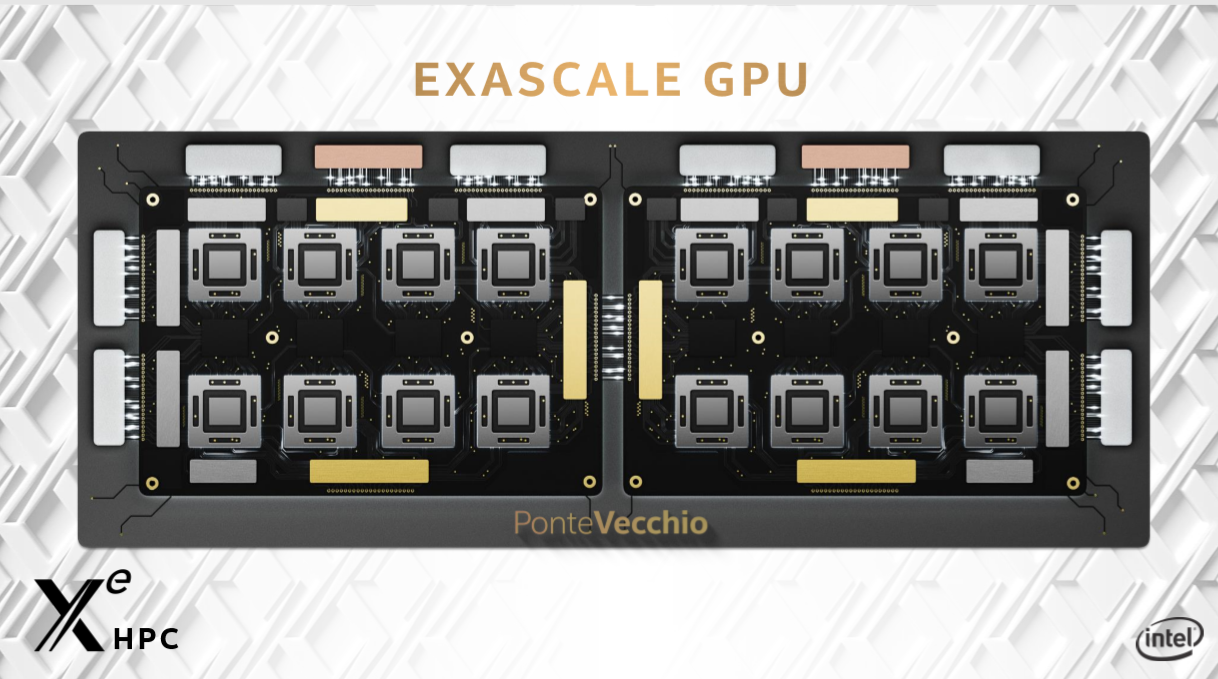Intel to Detail Xe Architecture In-Depth at GDC in March
Details on ray tracing support, optimizations and the differences between Xe's discrete and integrated versions.
Intel will reveal specifics about its upcoming Xe graphics hardware architecture in an in-depth presentation at the annual Game Developers Conference (GDC) in March. Some of the “powerful” new features will include hardware-accelerated ray tracing and compute, geometry and throughput improvements.
GDC, described as the world's largest professional game industry event, is March 16 to 20 in San Francisco. On Tuesday, Antoine Cohade from Intel’s gaming developer relations announced on Twitter that he would give a presentation called A Primer on Intel Graphics Xe Architecture. The presentation isn't surprising, as last year Cohade also detailed Ice Lake’s Gen11 graphics architecture at GDC 2019.
“Intel's brand new Xe Architecture, has been teased for a while, and is scheduled for release later this year," the description of the presentation on the GDC session scheduler reads. "This update brings a significant compute, geometry and throughput improvements over today's widely used Gen9 and Gen11 graphics.”
The listing further notes that the architecture tour will detail the structure of the its building blocks and their performance implications. For software developers, it will also explain how to optimize for these features. The target audience are game and engine developers and engineers with an interest in hardware.
On Twitter, Cohade also said that he would address questions of how Xe differs from previous generations and how it affects optimizations, differences between the discrete and integrated versions of Xe and ray tracing support.
Concerning the difference between the discrete and integrated version, Mike Burrows, CTO and Director of Advanced Technologies Group, Gaming & Graphics at Intel, earlier this month said on Twitter that the discrete variant has the benefit of dedicated memory, dedicated power and better thermals. He also said there is “lots of potential benefits” to having the same graphics architecture integrated on the same CPU side and also as a discrete variant. This could tantalizingly refer to the integrated and discrete graphics working together.
Xe
Various pieces of information about Xe have indeed dripped into the public domain since Intel’s announcement of the graphics architecture in December 2018. This information includes:
Get Tom's Hardware's best news and in-depth reviews, straight to your inbox.
- A GitHub patch note revealing that “Gen12 will be one of the biggest ISA updates in the history of the Gen architecture” and information about a display feature
- Intel’s announcement that it will be called DG1 and had successfully been powered on
- A possible June release date
- A listing that shows DG1 will have 96 EUs
- Intel’s DG1 development kit at CES in January
The company also disclosed in November some of the high-level features of the supercomputer-oriented flavor of the Xe architecture in the Ponte Vecchio 7nm GPU. Xe HPC features Xe Link, Xe Scalable Memory Fabric and a matrix engine with low-precision deep learning compute support.
The Xe architecture will have three microarchitecture instantiations called Xe LP, Xe HPC and Xe HP. Xe LP will be the mobile, sub-25W variant of Xe, which DG1 is based on; Ponte Vecchio will be based on Xe HPC and represent Intel's first 7nm product and Raja Koduri, SVP, chief architect and GM of architecture, graphics and software at Intel, described Xe HP as "the largest silicon designed in India and amongst the largest anywhere."
-
DieReineGier A cold running Intel graphics card with a decent linux driver would be a very welcome companion to my Ryzen CPU.Reply
No pun intended, I mean it. -
JayNor What happened to the presentation on Xe architecture? 11 other Intel GDC presentations were already posted onReply
https://devmesh.intel.com/groups/2863
